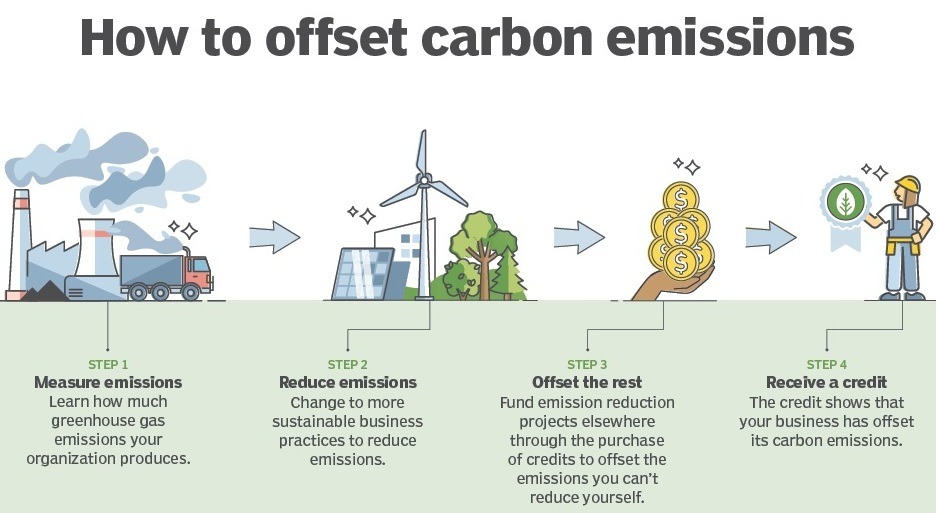
The process of allotment of carbon credits involves the distribution of emissions allowances or offsets to entities, countries, or projects that are participating in emissions trading systems or carbon offset programs. This process varies depending on the specific emissions reduction scheme or program in place.
Here’s a detailed explanation of the typical steps involved in the allotment of carbon credits:
Setting Emission Reduction Targets
Before the allotment process begins, participating entities (such as countries or companies) establish their emission reduction targets. These targets are often based on international agreements, domestic regulations, or industry-specific goals. Targets can be absolute emissions reductions or intensity-based reductions (emissions per unit of output).
Cap-and-Trade Allotment
In a cap-and-trade system, a regulatory body (such as a government agency) determines the total emissions cap for a specific time period. The cap represents the maximum allowable emissions for all participating entities combined. The cap is usually reduced over time to achieve emissions reduction goals.
Baseline Determination
For projects generating carbon offsets, a baseline is established to quantify the emissions that would have occurred without the emissions reduction project. This baseline is crucial for calculating the emissions reductions achieved by the project.
Allocation Method
There are different methods for allocating carbon credits:
- Historical Emissions: Some cap-and-trade systems allocate allowances to entities based on their historical emissions. This approach rewards entities that have reduced emissions in the past.
- Grandfathering: In this method, a portion of allowances is distributed based on historical emissions, and the rest are auctioned. It provides a gradual transition to auctioning while still considering historical performance.
- Auctioning: Increasingly, allowances are auctioned to participants. This generates revenue for governments and ensures that allowances go to those who value them the most.
Free Allocation
In some cases, a certain percentage of carbon credits may be allocated for free to entities to help them transition to lower emissions. This is often done to prevent abrupt economic impacts.
Auctioning Process
If allowances are auctioned, entities bid for the right to emit a specific amount of greenhouse gases. The highest bidders secure the allowances, which they can use or trade.
Offset Project Registration
For carbon offset projects, project developers follow specific methodologies to quantify emissions reductions or removals. These projects can involve activities like reforestation, renewable energy generation, methane capture, etc.
Verification and Issuance
For offset projects, third-party verifiers assess the project’s methodologies, data, and outcomes to verify the claimed emissions reductions. Once verified, the projects are issued a certain number of offset credits, each representing a specific amount of emissions reduction.
Registry and Tracking
All allocated allowances and issued offset credits are tracked in a registry. This ensures transparency and prevents double counting or fraud. The registry maintains a record of who holds the credits, their quantity, and transaction history.
Compliance and Surrender
During the compliance period, entities must surrender a number of carbon credits or allowances equivalent to their actual emissions. If an entity emits more than its allotted allowances, it can purchase additional allowances or offset credits on the market.
Trading and Offsetting
Throughout the compliance period, entities can buy or sell carbon credits on secondary markets. Entities exceeding their emissions cap can offset their excess emissions by purchasing extra credits from others.
Reporting and Auditing
Entities are required to report their emissions data periodically, and the data is audited to ensure accuracy. This reporting helps regulatory bodies monitor compliance.
Adjustments and Future Allotments
The process of allotment, trading, and compliance continues in subsequent periods, with adjustments to emission caps based on the progress of emissions reduction goals.
It’s important to note that the process may differ based on the specific emissions trading scheme, such as the European Union Emissions Trading System (EU ETS) or regional cap-and-trade programs. Additionally, the allotment process for offset projects may vary depending on the specific carbon offset standard or certification program being used.
